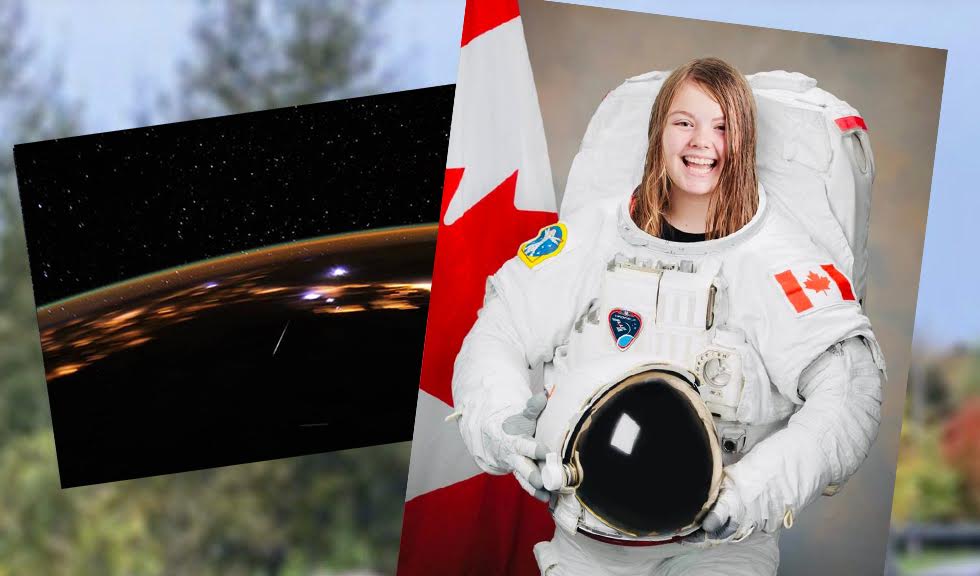As the summer months continue, the sky above us will remain as exciting as always. From dark matter missions to meteor showers, here are some of August’s most anticipated astronomical phenomena and rocket launches.
August 1 marks the rising of the Sturgeon Moon. Named for the Sturgeon usually caught during this time of year and alternatively called the Mountain Shadows Moon, the Flying Up Moon, and the Black Cherries Moon, this will be the second of four Supermoons occurring in 2023, and will arrive at 2:32 PM (Eastern Time).
The Perseids Meteor Shower has a predicted peak of August 13 at 4:00 AM (Eastern Time), though it has been active since mid-July and will continue to be until September 1. One of the most plentiful showers of the year, the Perseids provide viewing of up to 100 meteors per hour, usually leaving bright and colourful streaks in the sky as they pass overhead. This shower is also known for its fireballs, which are larger bursts of light that can last longer than the average passing meteor. The Perseids are most easily viewed before dawn in the Northern Hemisphere, but can occasionally be viewed closer to 10:00 PM. The origin for this meteor shower is 109P/Swift-Tuttle, a large comet with a nucleus of 26 kilometers across that takes 133 years to orbit the Sun.

The SpaceX Crew-7 mission will be launched by a Falcon 9 rocket on August 17. This will be the seventh crewed mission to the International Space Station that SpaceX will be flying for NASA, and their eleventh human spaceflight mission overall. The crew for this mission is made up of four astronauts from varying space agencies: mission commander Jasmin Moghbeli, NASA astronaut and test pilot with over 2,000 hours of flight time logged; pilot Andreas Mogensen, who became the first Dane to travel to space during the European Space Agency’s iriss program; mission specialist Satoshi Furukawa, Japanese surgeon, JAXA astronaut, and aquanaut with Aquarius (the world’s only undersea research laboratory); and mission specialist Konstantin Borisov, Roscosmos Cosmonaut. The mission is expected to last approximately six months.

August 30 is the date of the next Blue Moon. A seasonal Blue Moon refers to the third of four full moons in a season, but this will be a monthly Blue Moon, which is the name for the second of two full moons in one month. This is an event that only occurs approximately once every two to three years, and inspired the common phrase “Once in a Blue Moon”.

August will provide many chances to experience various exciting outer space phenomena firsthand. Whether you choose to photograph the Perseids meteor shower, support the Crew-7 crew, or observe the Blue Moon; there is something in astronomy for everyone this month.










